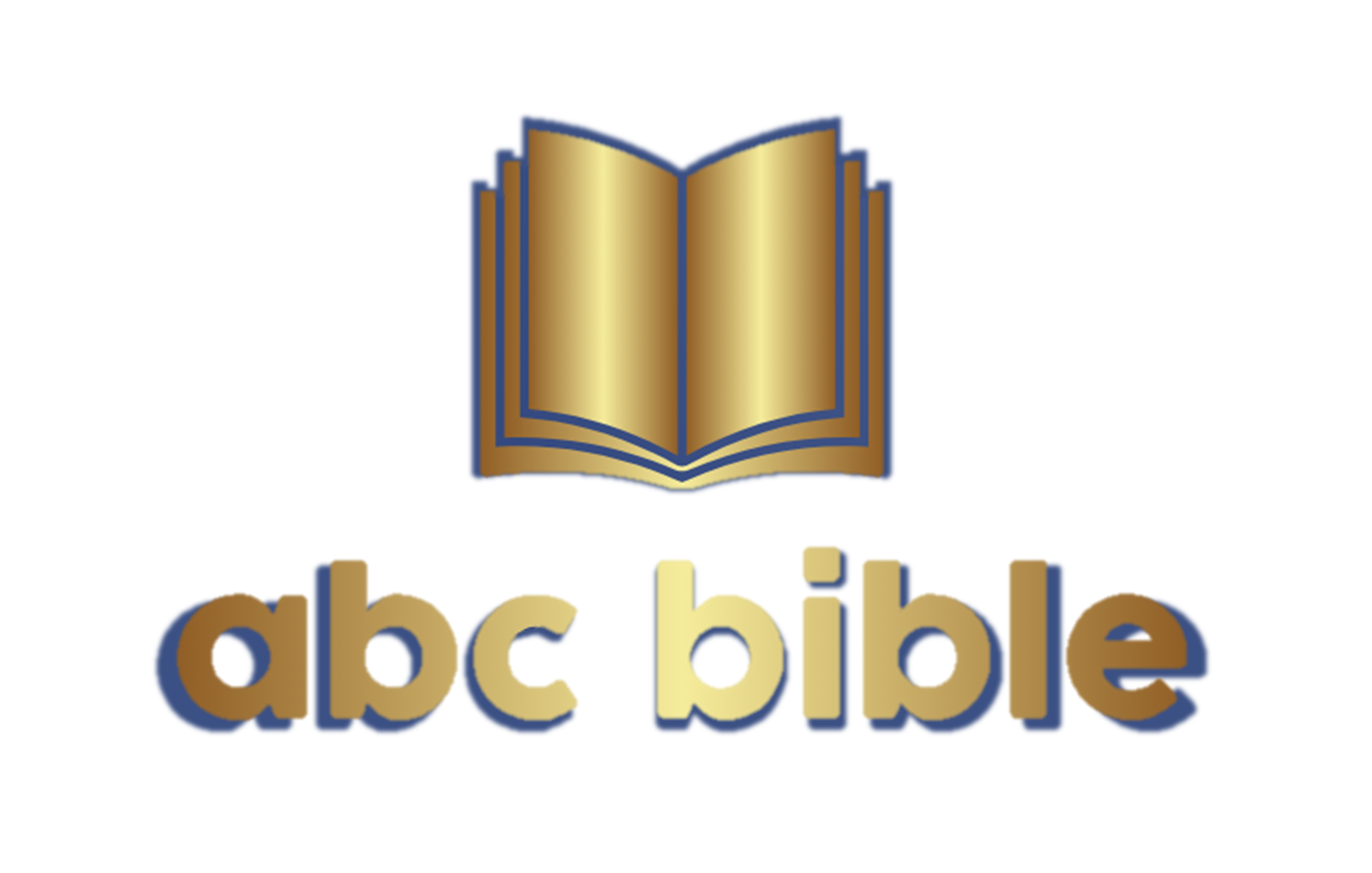How did we get the Bible, and what does it really teach?
2.1 How is the Bible Organized?
1. What Is the Bible?
The Bible is a library of 66 books written over 1,600 years by about 40 different people — including shepherds, kings, prophets, fishermen, and doctors. Yet despite the diversity of backgrounds and centuries, its message is united, consistent, and focused on one purpose: revealing God’s name, His purpose, and the path to life.
It is not a book of man’s philosophies, but a record of divine guidance — described as inspired by God (2 Timothy 3:16). Its honesty, preserved history, fulfilled prophecies, and practical wisdom set it apart from every other book.
Isaiah 48:17 — “I, Jehovah, am your God, the One teaching you to benefit yourself.”
How can you benefit today?
- Gain its wisdom → Practical Life Guidance
- See its beauty → Isaiah 55 (poetry of invitation)
- Use its proverbs in day to day work and business such as “Have you seen a man skillful at his work? He will stand before kings (Proverbs 22:29)
-> Principles for Work & Business - Or just continue reading below to see the big picture of why we have the Bible.
2.1 📜 Basics: How the Bible Is Organized
The Bible has two main sections:
- Hebrew Scriptures (Old Testament) — 39 books from Genesis to Malachi, covering creation, early history, laws, kings, prophets, and the promises God made.
- Greek Scriptures (New Testament) — 27 books from Matthew to Revelation, detailing the life of Jesus, the rise of early Christianity, and the future hope.
Each section builds upon the other — forming one story from beginning to end.
2.2 🔎 Deeper Understanding: How the bible was collated – Canonical vs Chronological
The Bible is arranged with spiritual and thematic flow in mind, not strictly by when the books were written. Here’s how each structure works:
** Canonical (By Genre)**
- Hebrew Scriptures (Old Testament) (~39 books) are grouped by type:
- Law: Genesis → Deuteronomy
- History: Joshua → Esther
- Wisdom: Job → Song of Solomon
- Prophets (major/minor): Isaiah → Malachi
- Greek Scriptures (New Testament) (~27 books) are grouped as:
- Gospels (Matthew, Mark, Luke, John)
- History (Acts)
- Letters (Paul’s epistles → General letters)
- Prophecy (Revelation)
This order was shaped by early church leaders to guide teaching, worship, and theology.
⏳ Chronological (By Estimated Timeline or Authorship)
The chronological order shows how the books fit into history — when events occurred or authors wrote them. It’s a helpful tool for historical study. A chronological list of the books of the bible is available here— This guide lists the sixty-six books in historical sequence.
